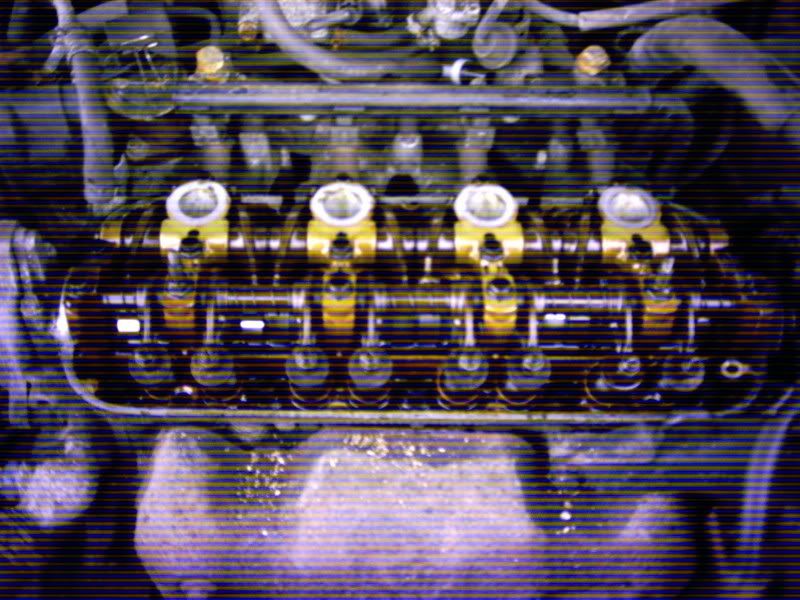I did have the valve lash adjusted at 95,000 miles, and again at 130,000. I didn't see under the valve cover, as I had left the car with the mechanic each time, but I did ask him if it looked clean down there. He said it wasn't the cleanest he'd ever seen, but wasn't bad by any means.
I'll be having the timing belt and valve lash done again in the next few weeks, and I'll ask him how it looks compared to last time he saw down there. That should help give me an idea of whether or not there is a problem now, or if this is left over from the previous owner.






